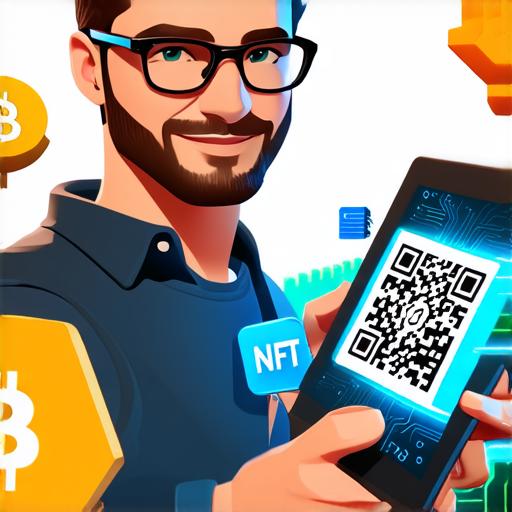
What determines the value of an NFT
Introduction

Non-Fungible Tokens (NFTs) have taken the world by storm, and their popularity is only expected to grow in the coming years. Whether you’re a seasoned NFT developer or just starting out, understanding what determines the value of an NFT is crucial for success in this exciting new field. In this article, we will explore the various factors that can influence the value of an NFT and provide practical tips on how to create valuable NFTs.
Understanding NFTs
Before diving into the factors that determine the value of an NFT, it’s important to first understand what NFTs are and how they work. At their core, NFTs are unique digital assets that can represent anything from artwork to collectibles to in-game items. They are stored on a blockchain, which ensures that each NFT is unique and cannot be replicated or duplicated.
The value of an NFT is determined by a combination of factors, including its rarity, demand, and the perception of its creator. Let’s take a closer look at each of these factors in more detail.
Rarity
One of the key factors that can influence the value of an NFT is its rarity. An NFT that is one of a kind or has limited supply will generally be more valuable than an NFT that is easily replicated or available in large quantities. For example, a rare piece of artwork created by a well-known artist may fetch a higher price than a more common piece created by an emerging artist.
Creators can also increase the rarity of their NFTs by implementing scarcity mechanisms such as minting limits or burning tokens. By limiting the number of NFTs that are available, creators can create a sense of urgency among collectors and drive up the value of their tokens.
Demand
Another important factor that determines the value of an NFT is demand. NFTs that are in high demand will generally be more valuable than those that are less popular. For example, an NFT that represents a popular character or franchise may fetch a higher price than an NFT created by a lesser-known artist.
Demand
for NFTs can be driven by various factors such as pop culture trends, social media influencers, and the overall market demand for digital assets. Creators can also increase demand for their NFTs by promoting them on social media or through targeted marketing campaigns.
Perception of the Creator
The perception of the creator is another important factor that can influence the value of an NFT. An NFT created by a well-known and respected artist or brand may fetch a higher price than one created by an emerging artist or lesser-known brand. This is because collectors and investors may place a premium on tokens created by established and reputable creators.
Creators can also increase the perception of their NFTs by building a strong brand reputation, creating high-quality content, and engaging with their followers. By establishing themselves as thought leaders in their respective fields, creators can create a sense of trust and credibility among collectors and investors, which can drive up the value of their tokens.
Case Studies
Let’s take a look at some real-life examples of NFTs that have sold for high prices and explore the factors that contributed to their success.
1. “The First 500 Days of Bitcoin” by Jack Dorsey
In March 2021, Twitter CEO Jack Dorsey auctioned off an NFT representing the first 500 days of Bitcoin’s existence for over $1 million. The NFT was created using a unique algorithm that combined data from Bitcoin’s price history and other relevant metrics.
The rarity of this NFT played a significant role in its success, as it represented a one-of-a-kind piece of history. Additionally, the creator’s reputation as a thought leader in the crypto industry helped to drive up demand for the NFT.
2. “CryptoPunks” by Larva Labs
Larva Labs, a leading developer of collectible NFTs, created the popular “CryptoPunks” series in 2017.







